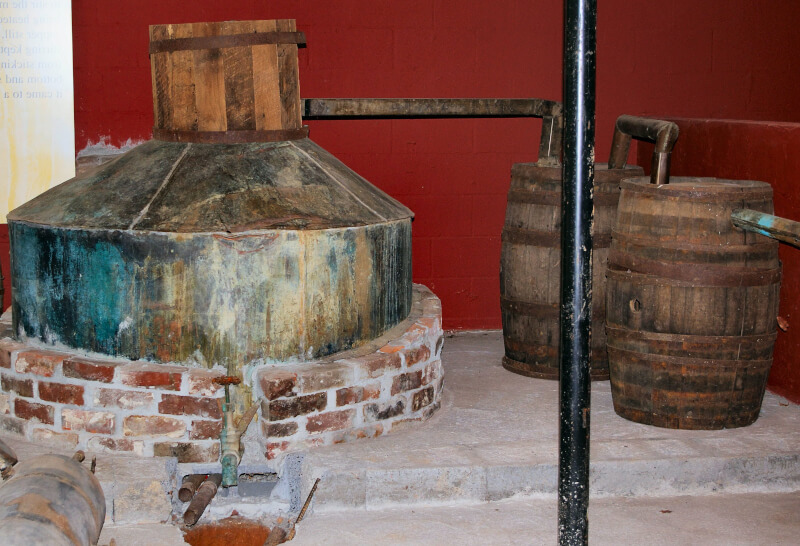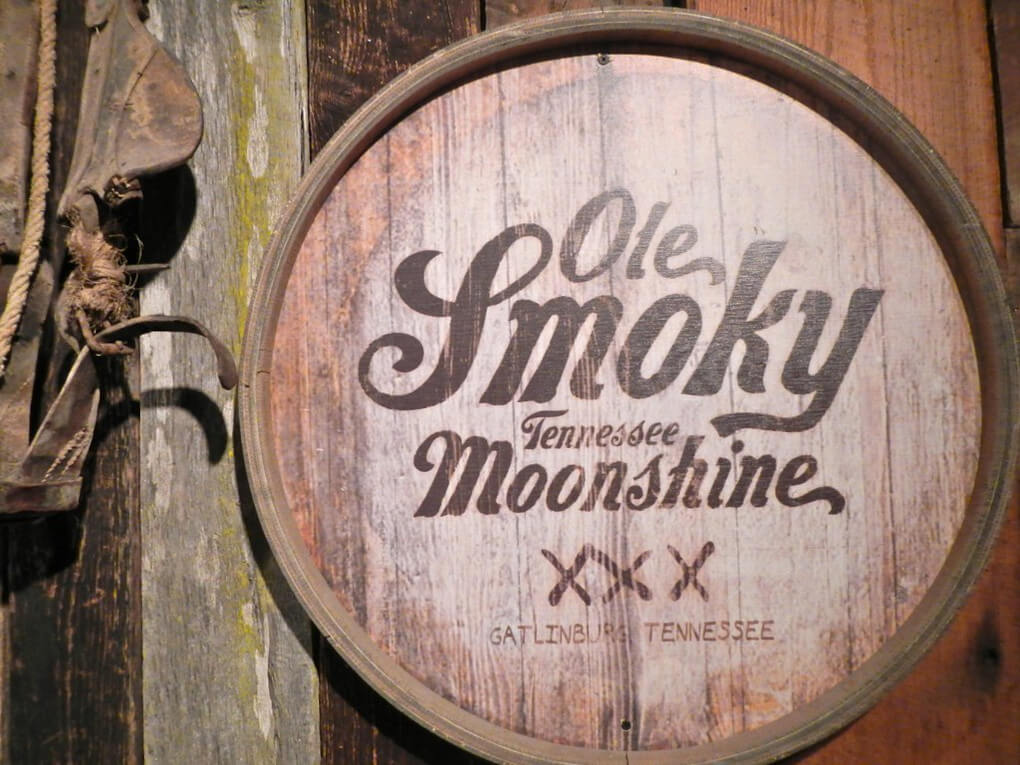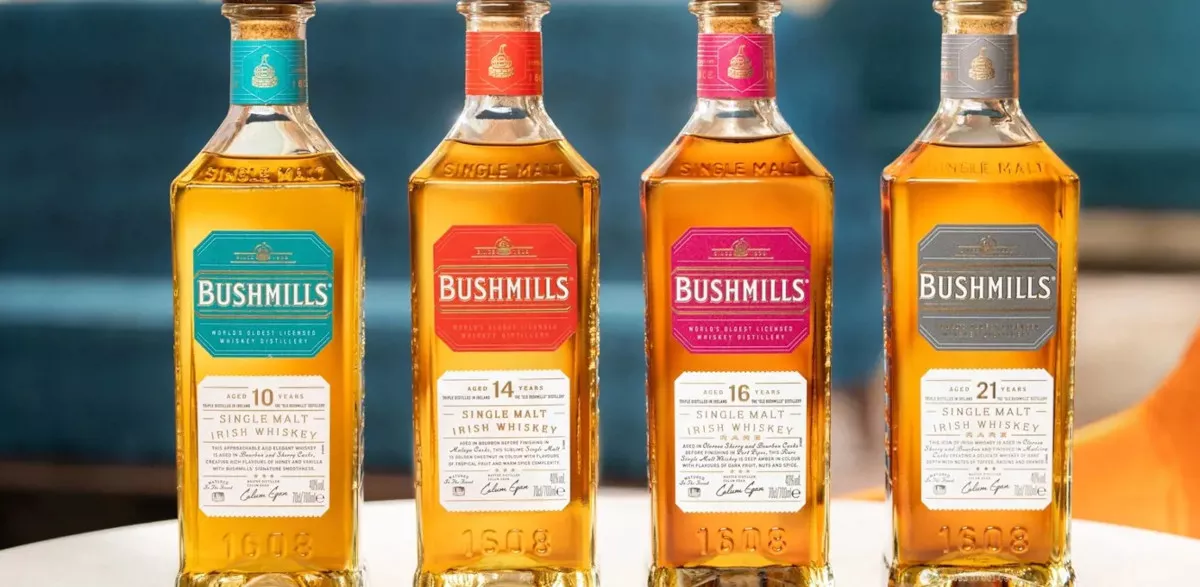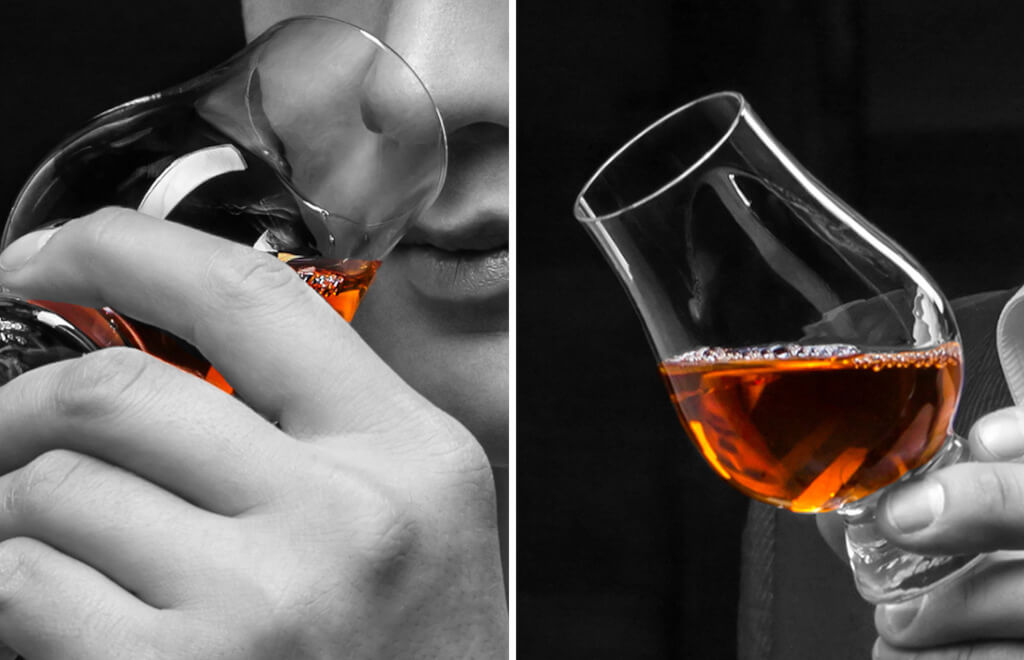Many derogatory terms, such as “Rotgut,” have been applied to moonshine. Skullpop. Firewater. Cat Urine. Its name suggests an illegal alcoholic beverage, distilled by a band of good ol’ boys under the cover of night, by the light of the moon, and delivered to customers in modified coupes via back roads. The 1958 classic film Thunder Road features James Mitchum as moonshine runner Lucas Doolin.
The Liquor’s Popularity Stems, in Part, From Its Rebellious Image
Moonshine is often distilled from corn, but it can and has been produced from any fermentable substance, including rye, wheat, and even sugar. The clarity and youthfulness of the liquid are striking. Whiskey that hasn’t been aged in barrels. An unaged kind of bourbon. Pick up a bottle of moonshine at the shop and read the label carefully: It’s probably either maize whiskey (yep, without the e) or neutral spirits, which is to say vodka. Given that it is produced by legal, tax-paying distilleries, some brands sell their product under the name white whiskey. While others are dedicated to tradition, history, and moonshine. There is lore associated with this moniker.
Creating Moonshine
In 1791, colonial Americans rebelled against a new tax on whiskey. This revolt is known as the “Whiskey Rebellion.” For instance, in western Pennsylvania, people violently opposed tax collectors doing their work, necessitating the deployment of troops from four different states to put down the uprising.
The anti-tax feeling was warranted, for good cause. Farmers in the countryside often made alcohol from surplus crops they couldn’t sell. Liquor, unlike food, does not spoil and can be sold or bartered whenever needed. Buying a gallon of whiskey was more lucrative for farmers than selling a bushel of maize. The farmers were already struggling to make ends meet, so they resented having to fork over money to tax their spirits. Rather, whilst the moon was out, rural farmers started distilling their alcohol. These “moonshiners” tended to set up shop in remote Appalachian hollers, where they could conceal their distilleries from prying eyes.
Subterranean Commerce
Although the original whiskey tax was eliminated in 1803, a new tax was imposed to generate revenue for the Civil War. The new two-dollar tax on each barrel of whiskey produced by the federal government was extremely onerous, representing a rate eight to twelve times higher than the cost of manufacture. As may be expected, this sparked the development of the illicit moonshine trade. The federal government’s “Revenuers” had a terrible time tracking down “Moonshiners.” Most moonshiners lived in Confederate states at war with the United States, adding another layer of complexity to the situation.
Keeping Alcohol Illegal Encourages Moonshining

At the turn of the 20th century, an anti-alcohol movement hurt the moonshine businesses. When Prohibition began in 1920, the sale of alcohol across the United States was outlawed. This increased demand for moonshine, and distilleries began popping up all over the Blue Ridge.
Most moonshiners, before Prohibition, took great pride in the standard of their booze. Moonshine was often over 80 proof because it was distilled three times. The third “X” on the bottle indicated this. Some moonshiners, however, began cutting their alcoholic brew with dubious substances like petrol and rubbing alcohol to keep up with the rising demand for illegal liquor. These tainted goods were commonly referred to as “mean whiskey” or “white lightning” because of their potential to induce convulsions, blindness, and even death.
Increasing their profits, moonshiners in the countryside began transporting their wares to nearby cities using motor vehicles. It was the practice of early smugglers of alcohol to conceal bottles in the shafts of their boots that gave rise to the name ‘bootlegger’ for the moonshiners’ drivers.
The 1980s Were Not the End for Moonshine
Wartime limitations of sugar and other substances required in distillation caused a decline in moonshine manufacturing during World War II. Still, the trade in homemade booze persisted. Two Georgia brothers came up with a moonshine-mixing soda in the 1940s. Because of its similarity to moonshine, people started calling it “Mountain Dew.”
Even in the 1980s, people were still curious about moonshine. Legendary moonshiners with colorful personalities like Marvin “Popcorn” Sutton kept business afloat. The Maggie Valley, North Carolina native and lifelong bootlegger Sutton was the subject of multiple films and a biography. He also penned a manual on how to make moonshine.
Spirits Produced Legally
Although the term is still often used to refer to booze that has been produced illegally, the term “moonshine” has come to encompass a much wider range of alcoholic beverages. “Unlike other alcoholic beverages, legitimately manufactured moonshine might be made with any kind of material, at any proof, can have coloring and flavoring added — the works,” said Colin Blake, Director of Spirits Education at Moonshine University. No standard can be applied to its categorization.
Piedmont Distillers in North Carolina was the first legal moonshine distillery in the United States, opening in 2005. Piedmont is proud to use the recipes of Junior Johnson, a prominent NASCAR driver and team operator who originated from an extended family of moonshiners. The legal production of moonshine by modern distilleries is keeping alive a lively American heritage.





